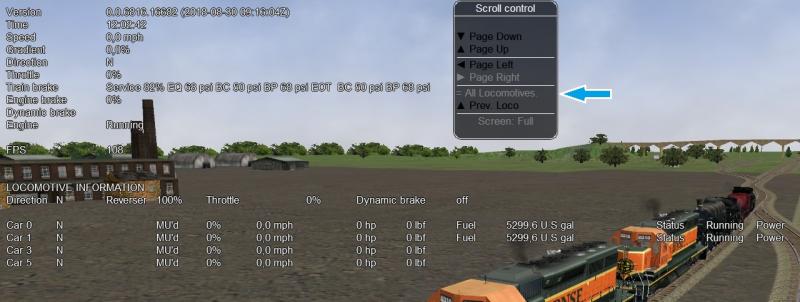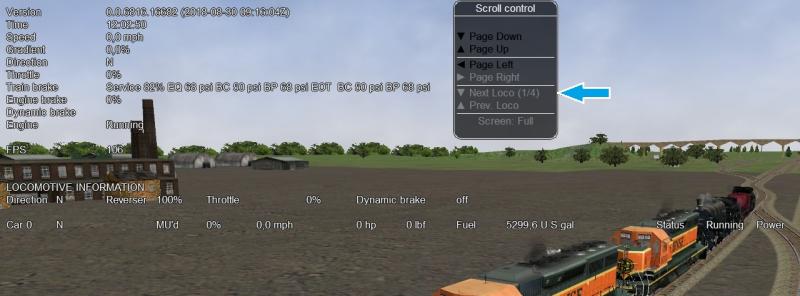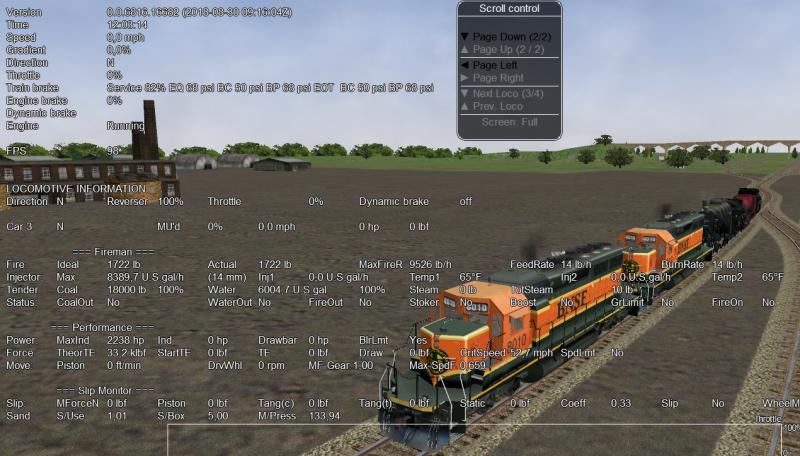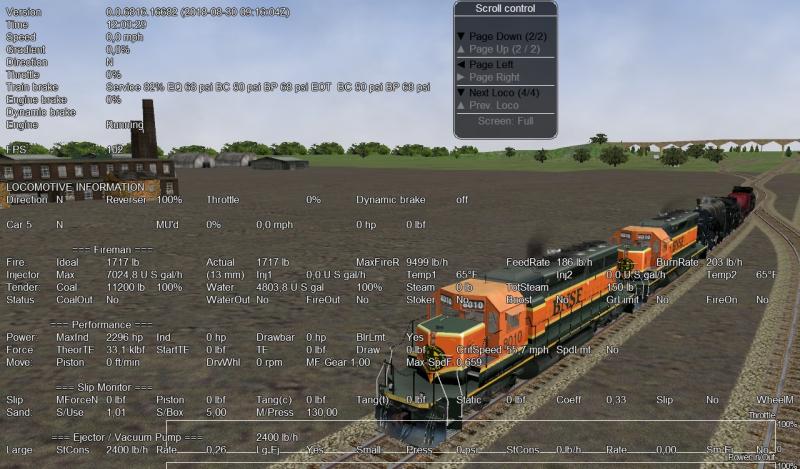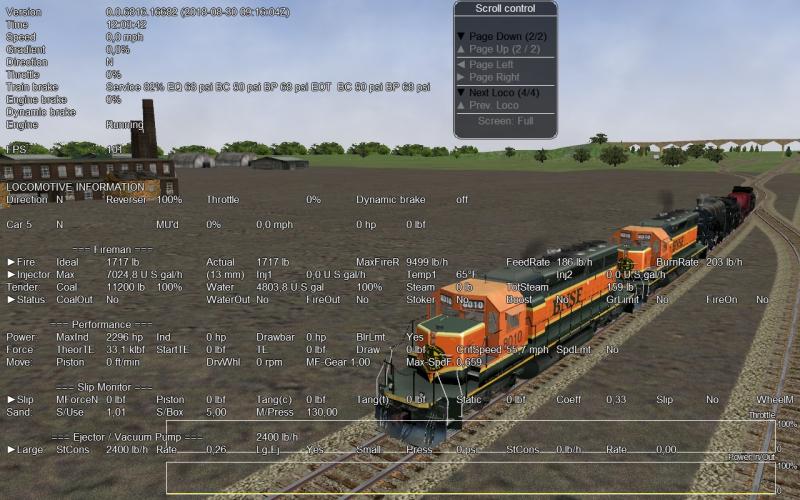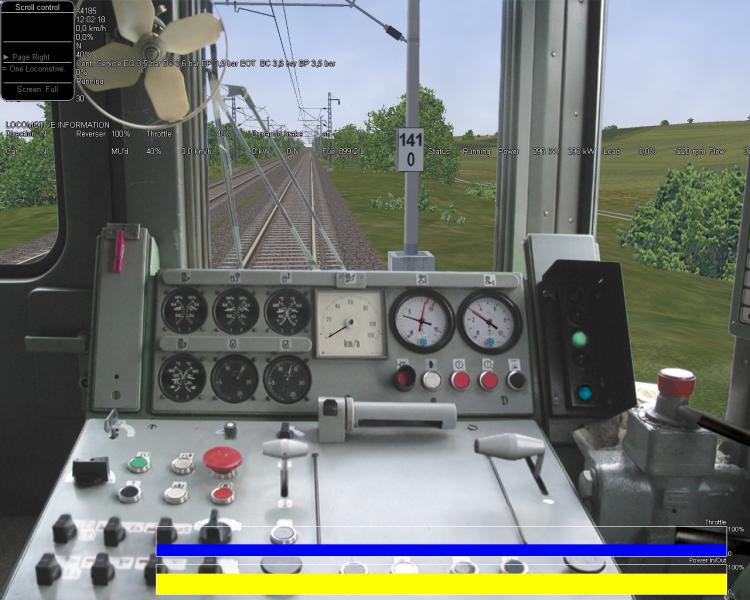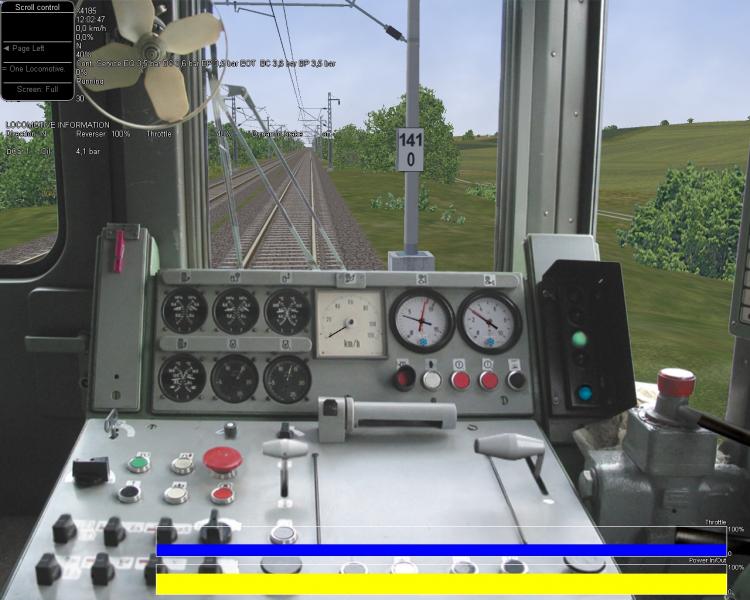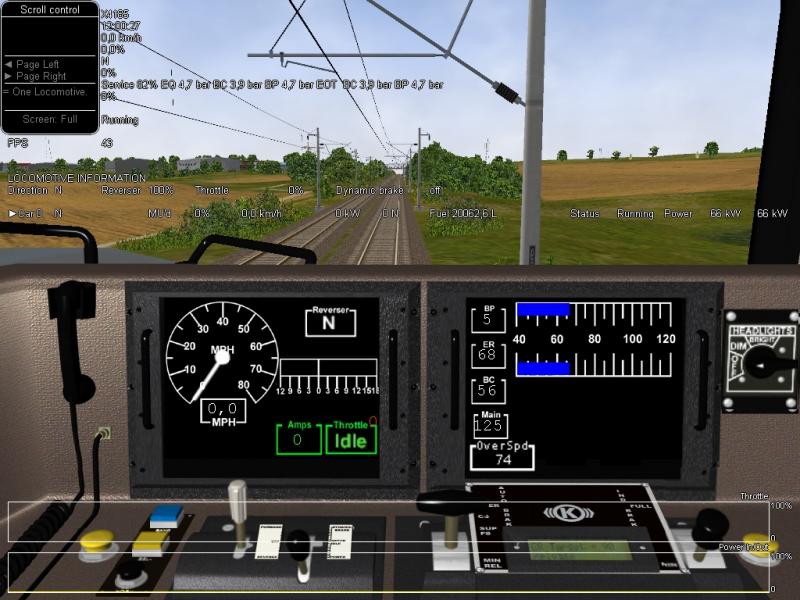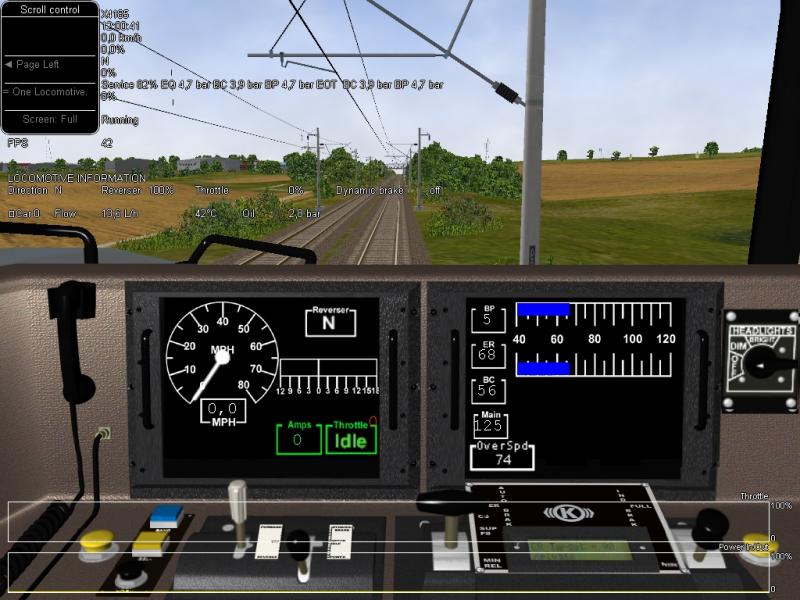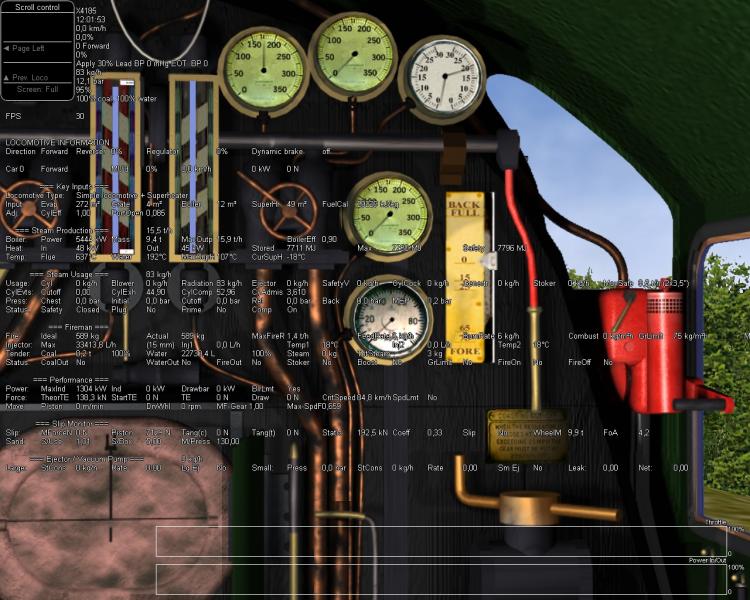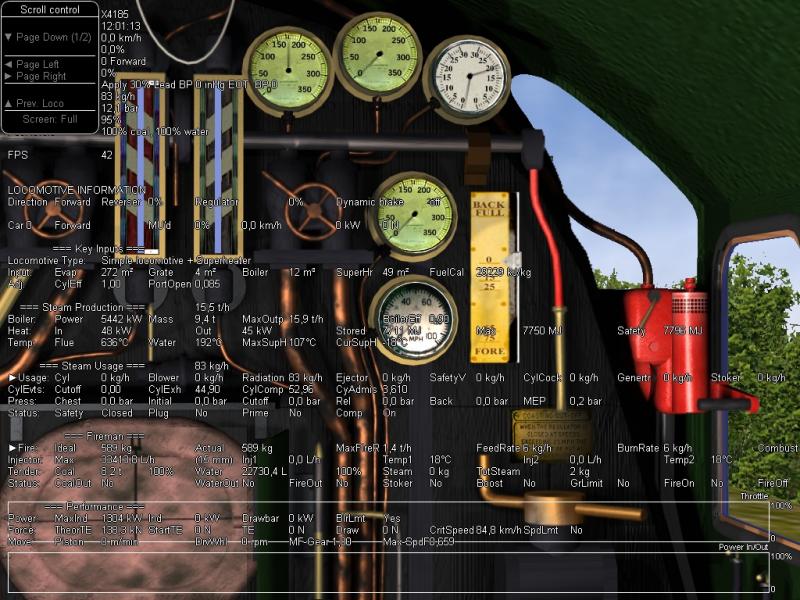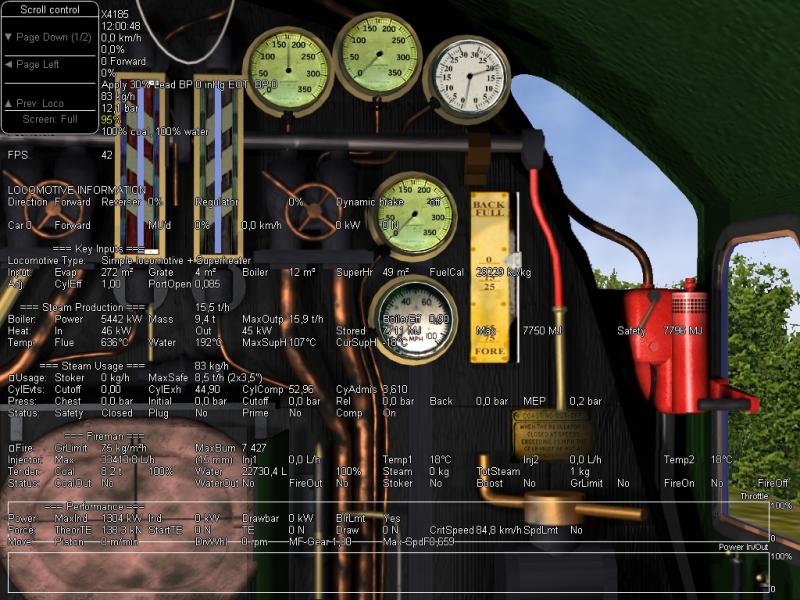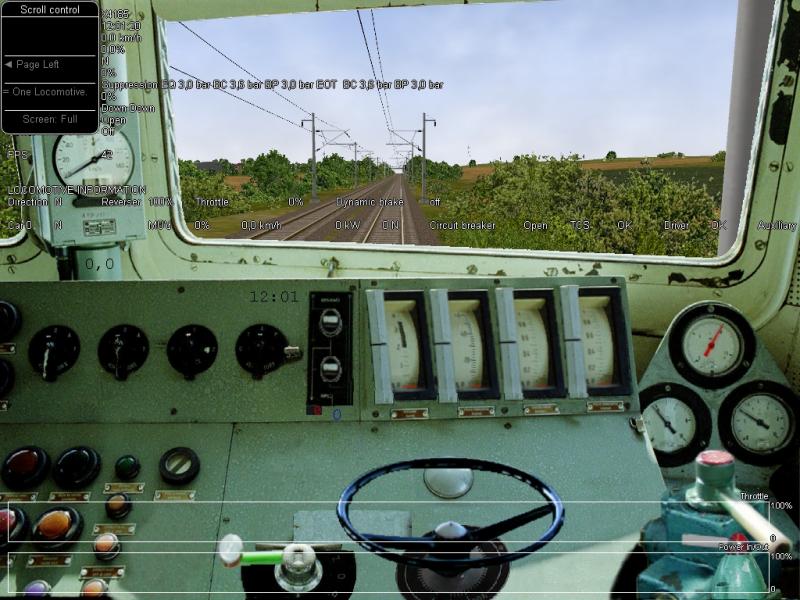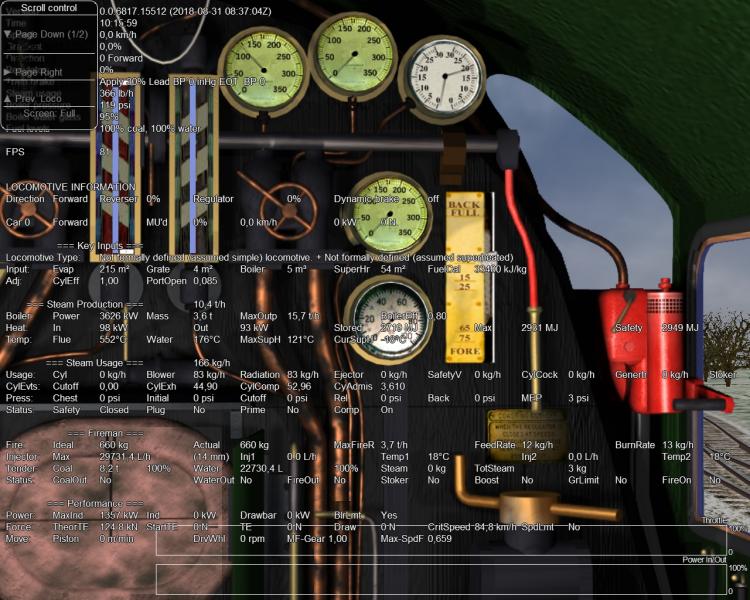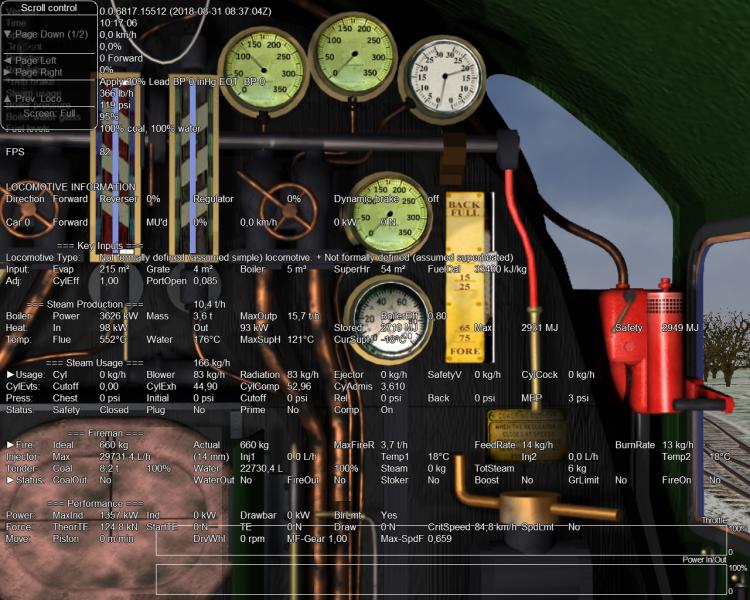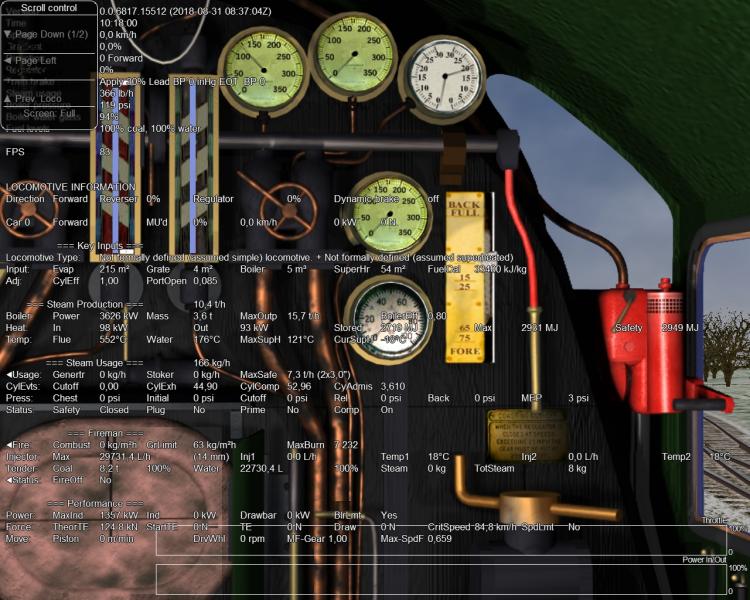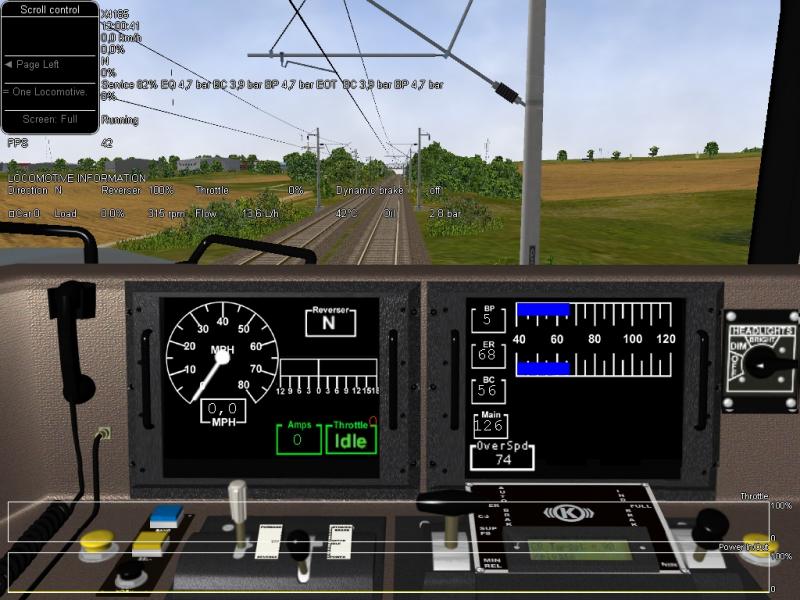 Genma Saotome, on 26 August 2018 - 09:57 AM, said:
Genma Saotome, on 26 August 2018 - 09:57 AM, said:
If x is the position of the coupler at rest is it a safe assumption that is where the model shows the coupler -- hence a value of zero?
Setting x at zero is what I believe is the ideal setting. However it will depend upon how the modeller has defined the model in the size statement, etc. For example, depending upon the coupler type, it may need to extend beyond the wagon shape a bit.
So some experimentation will be required.
 Genma Saotome, on 26 August 2018 - 09:57 AM, said:
Genma Saotome, on 26 August 2018 - 09:57 AM, said:
If y is the maximum travel allowed does the program treat it as a plus/minus range?
Yes.
The one challenge that I see, will be that the coupler does not actually move with slack movement (independent of the cars), and hence depending upon the current amount of slack, the couplers of two cars may either overlap, or have a gap between them.
 Genma Saotome, on 26 August 2018 - 09:57 AM, said:
Genma Saotome, on 26 August 2018 - 09:57 AM, said:
IIRC Damping() was used in MSTS to create a spring effect (sometimes people used values that created a too lively spring that would never settle down). Might you take a bit of time and experiment with that? It might be quite relevant to the larger train forces topic w/ specific regard to run-in forces.
Currently the Damping parameter are not read and used by OR.
As far as doing any major changes to the coupling code, I am not inclined at this moment to do so, as I don't fully understand the logic used in it. I have attempted to seek clarification from the original developer to understand the model that they have defined, so we will see what happens.
 Genma Saotome, on 26 August 2018 - 09:57 AM, said:
Genma Saotome, on 26 August 2018 - 09:57 AM, said:
Last, what's the purpose of Buffers() and is that used in OR??
Buffers were not used in MSTS (according to the MSTS Docs) and are not used in OR.
As I understand it, couplers have two states, ie tension (pulling) and compression (pushing). I would suspect that the behaviour would be different in each coupler state, and that the buffers would more influence the compression state. At the moment OR appears to treat both states the same, with one being a positive state and the other being a negative state.

 Log In
Log In Register Now!
Register Now! Help
Help








